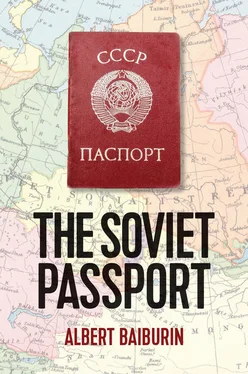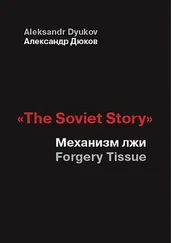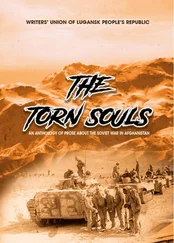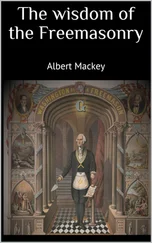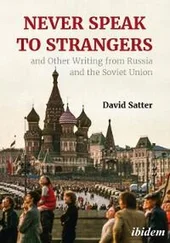It is worth examining in more detail the level of trustworthiness attested to by a document, given that its fundamental purpose is to reflect or confirm certain details as ‘true’. Our everyday impression of the world is based on the supposition (and logic) of truth, sufficiency and identity, given that the truth and the lie are always interdependent. It is natural to want to clarify the dividing line between the two, thus making the world a more orderly place. The authorities are forever conducting various projects aimed at bringing about greater order. They do this with an inexhaustible enthusiasm. For them, the creation of a document is not merely symbolic but a genuine attempt to establish such a dividing line. Within this logic, what is ‘true’ is defined by documents. So the truth is not necessarily ‘the correct order of things’ per se , but something which is artificially created, above all with the help of documents. As a result, the document becomes the embodiment of trustworthiness. In its own way it is a conclusive act. There is no need to check the information contained in the document (for the checking of the documents themselves, see chapter 7). A particular ‘truth’ is created with the help of these documents, suitable for one situation or another.
From this it should be clear that such documents work only when there exist institutions which take upon themselves, if not the place of Almighty God, then at least the position of the ‘bearers of the truth’, since they give themselves the right to define the truth. The history of documents – from the edicts of princes to the certificates of the housing commission – illustrates that first and foremost it is the authorities that take this role upon themselves. Documents always reflect the authorities’ power in any culture (hence the formality and official nature of documents). 18
A document, then, is the transfer of some kind of relationship (or of a person’s details, as in the case of a passport) into a different, documented reality. The document acts as a replacement for a particular object: ‘“Here’s my house”, he said, waving a sheaf of papers’. It is significant that when it comes to documents used for identification, they have become metaphors for the person’s surrogate; they are, as David Levy calls them in Scrolling Forward … , ‘talking things’. 19
These ideas, which have been added to the document, are borne out in social interaction. A document becomes an actual document only when it is used for its primary purpose: when it certifies, affirms or proves something. Outside these situations, it is, in essence, a worthless piece of paper. 20Its link with what is thought to be ‘trusted’ makes the document a natural target for falsification (the reverse of its ‘truthfulness’). 21It is this link which makes the document a focus for mistrust. Nothing is so closely examined as documents. However, it is not the details contained within the document that are carefully checked (it is usually impossible to verify them) but what the details are encased in (its properties and so on), as it is usually assumed that the actual details have already been checked and verified. Documents can be falsified in two ways: the details of the document may be altered; or it may be made out to a totally different person. However, in this case the contents of the document have to be changed (such as inserting a false photograph). Both the ability to check the information contained in the document, and having a method for doing this are inextricably linked to its contents. So the document has to be examined in a much wider way. It is not just a question of how to create the document but, first and foremost, how it is going to be used. We might call this ‘the pragmatism’ of the document (this will be dealt with in the third part of this book).
Documents that certify who a person is (such as a passport and others) hold a special interest for historical anthropologists, because they demonstrate how the state views the person. Those who created the document certifying who a person is wish that this certificate should bear witness to the fact that this is the person in question (at least in the sense that the person bearing the document is the one whom it claims to represent). This, in turn, presupposes that, before the certificate was issued, a procedure took place that verified who the person was.
Establishing who a person is, is not the same as identification, although they are related. Strictly speaking, it is impossible to identify a person, because a person can never be defined categorically: their personality is constantly changing. 22All one can say is that at any given moment of existence this personality is what it is, and the only comparison that makes sense is with the previous or the following moment. A person can be identified as a physical object by his or her anthropomorphic (or biometric) characteristics, but even this brings with it serious difficulties, as mistakes are always possible. Paradoxically, such information about a person is always of a secondary nature and is of use only in the much later stages.
Establishing identity should confirm who a person actually is. This procedure is carried out by the person who has to answer for the results. The reasons for having to confirm someone’s identity can be very varied: for example, joining a trade union, registering at a library, issuing a passport, and so on. The process of certifying who a person is, is done on the basis of whatever information is available about a particular individual. The way in which this is done depends to a great extent on what the particular aim is. So to join a trade union a document such as a pass needs to be produced, confirming what work the person does. To register at a library in Russia you have to show your passport; but if the would-be reader is not yet old enough to have their own passport, then they may be accepted simply on information given verbally. As a rule, though, a person’s identity is established on the basis of documents issued by various organizations. For example, in order to receive a passport, one has to produce a birth certificate, proof of place of work or study, proof of address and so forth. The more certification that is provided, the more secure the people feel who are responsible for certifying who a person is, because the real responsibility lies on those who issued the original documents (this leads to the situations one often hears of where bureaucrats demand that the person in front of them dig out and produce all the proof of identity that they can). Furthermore, responsibility falls on the shoulders also of those whose identity needs to be verified: by signing their passport, they are confirming that all of their personal details contained therein are true, and thus they become one of the authors of the document and participants in the division of responsibility.
The imperfect nature of this system is clear: for example, a person could produce someone else’s documents, but with their own photograph. The physical identity has been established only approximately, since there is insufficient evidence for it to be complete (most documents that are produced do not include a person’s photograph). And, perhaps most importantly, information about a person is not the same as the person themselves. So we can talk about ‘establishing identity’ only based on great assumptions. In actual fact, the final document does not establish a person’s identity, but simply bears witness that a particular bureaucrat considers that the identity has been ‘established’.
Nonetheless, the result of this process should be the issuing of a document which is considered as certifying a person’s identity for a given period. In the examples we have been discussing, these are a trade union card, a reader’s ticket and a passport. Each of them ‘certifies identity’, but each carries a different weight, as they not only confirm a person’s identity but also confer different rights: the right to belong to a trade union; the right to use the facilities of a library; or the rights of the citizen, which in effect means the right to exist.
Читать дальше
